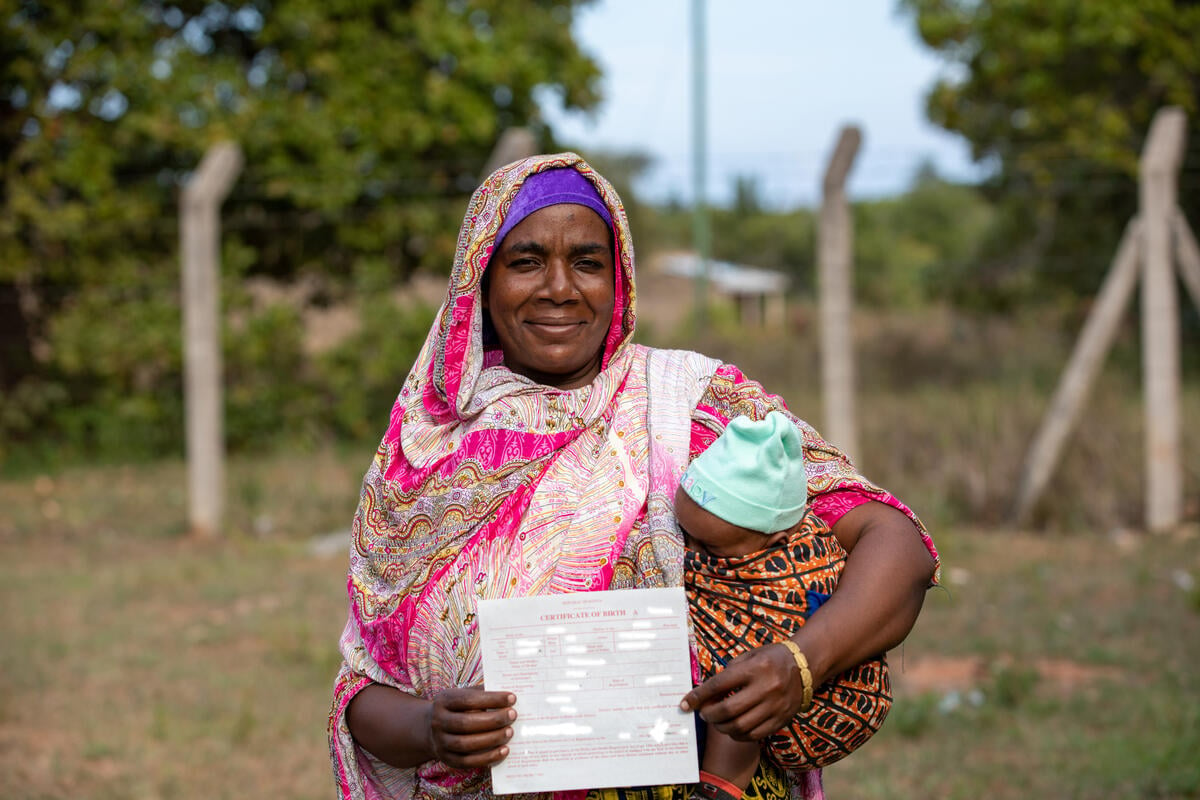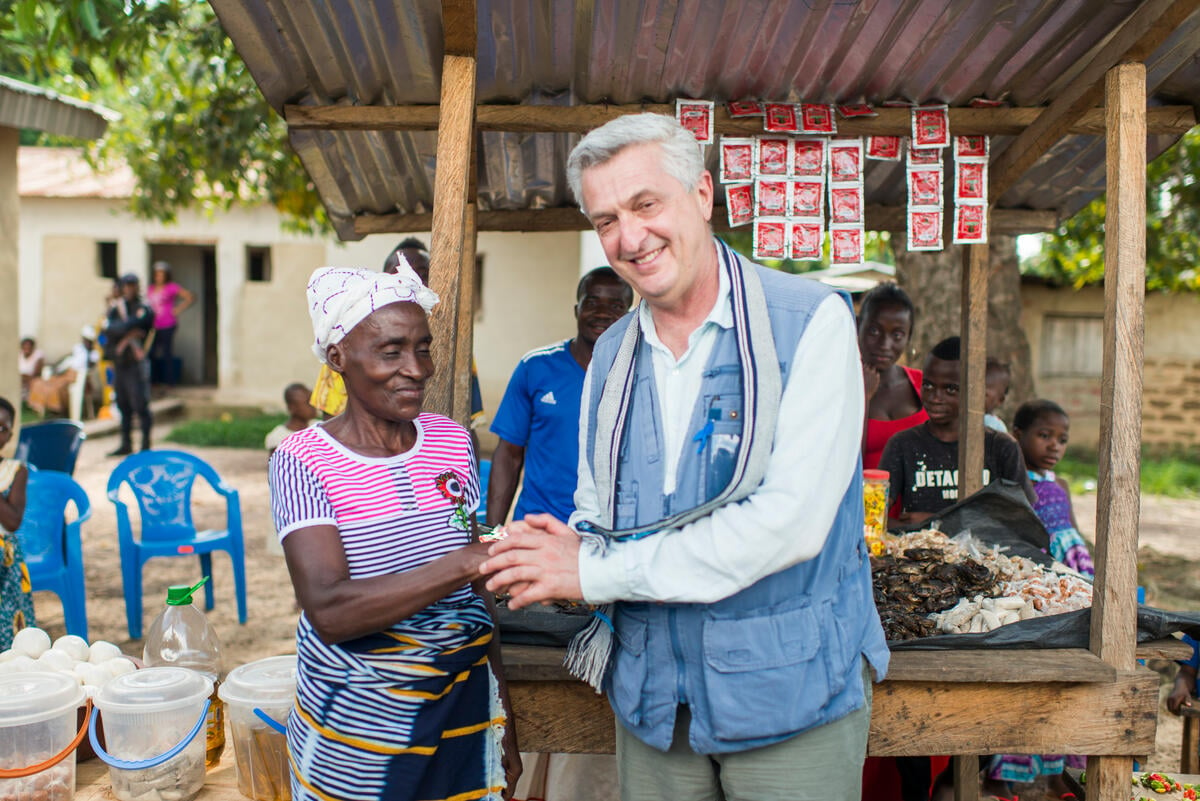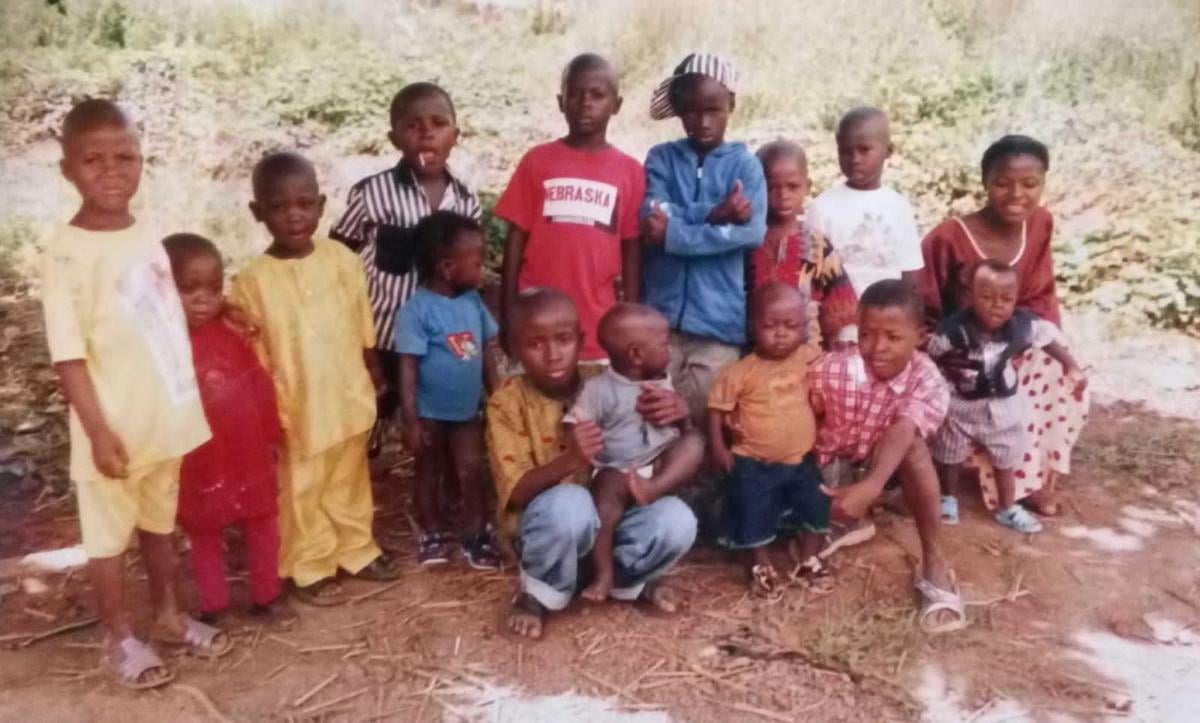Liberia's disarmament process
Liberia's disarmament process
More than 2,000 former combatants in Liberia have turned in their weapons, since last Sunday, in a start to a disarmament and rehabilitation campaign designed to stabilise the country plagued by a proliferation of small arms and armed groups.
However, the first two days of the disarmament effort have been marred by a spate of incidents, involving banditry, looting of humanitarian supplies and random shooting in various areas of the country. The incidents were caused by disgruntled former soldiers who expected to immediately receive the US $150 stipend which is part of the disarmament and training package. Under the current plan, the former combatants are entitled to the stipend only after a three-week demobilisation training, followed by another $150 allowance three months later. At the cantonment camps, the combatants will also receive health care, counselling, vocational training, schooling and apprenticeships.
UNHCR is part of the reintegration and rehabilitation process of the returnees, IDPs and ex-combatants, providing material support for the cantonment sites. We have available material ready, including so far 4,000 pieces of plastic mats and blankets, 600 jerry cans, kitchen sets and lanterns, 8,000 pieces of soap, 30 large cooking pots and 5 plastic rolls for construction purposes. UNHCR is also ready to provide advice on camp management. An estimated 40,000 former combatants are potentially waiting to be demobilised and reintegrated into civilian life in Liberia after 14 years of fighting.
The inter-agency campaign of Disarmament, Demobilisation, Rehabilitation and Reintegration (DDRR) in Liberia started on Sunday at Camp Schieffelin, a cantonment site 56 km east of the capital, Monrovia. More than 2,000 former government soldiers turned up voluntarily to surrender their weapons, exceeding expectations.
However, the incidents have led to a fresh deterioration in the security situation, forcing UNHCR to cancel two missions to Zwedru and Harper and put on hold a relocation of internally displaced people from public buildings in Margibi County.
Two additional cantonment sites for disarmed fighters are set to open in the coming weeks - one in Buchanan for former combatants of MODEL (Movement for Democracy in Liberia), the other in Gbarnga for LURD (Liberians United for Reconciliation and Democracy) personnel. Up to a total of 10 cantonment camps should be operational in the near future as the UN Mission in Liberia (UNMIL) progressively deploys its troops around the country.
Meanwhile, 1,630 internally displaced Liberians were transferred from Harbel Multilateral High School Campus, Dolo's Town and Peter's Town all in Margibi County) on December 5, to the nearby official IDP camps: Unification, Mount Barclay and Rick. This was the highest number of IDPs ever transported in a single day to an official camp since the relocation process began in early September in Monrovia.
This relocation of IDPs is an inter-agency initiative to help decongest Monrovia. After the attack on the city last June, some 30,000 people found shelter in 56 schools and a clinic in the capital. Following the beginning of the relocation process of these IDPs, schools in Monrovia were able to resume classes in November. Thousands of displaced Liberians spontaneously went home or moved to established IDP camps.
For the IDPs, the move means increased assistance and better living conditions. At the IDP camps, UNHCR and other UN partners along with the government of Liberia and NGOs help to receive, register and distribute relief items. Reception halls are set up to provide temporary accommodation until the IDPs can finally settle into more private shelters in the camps. The camp managers, in collaboration with the IDP leaders, are involved in the expansion of campsites.









